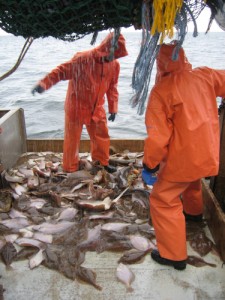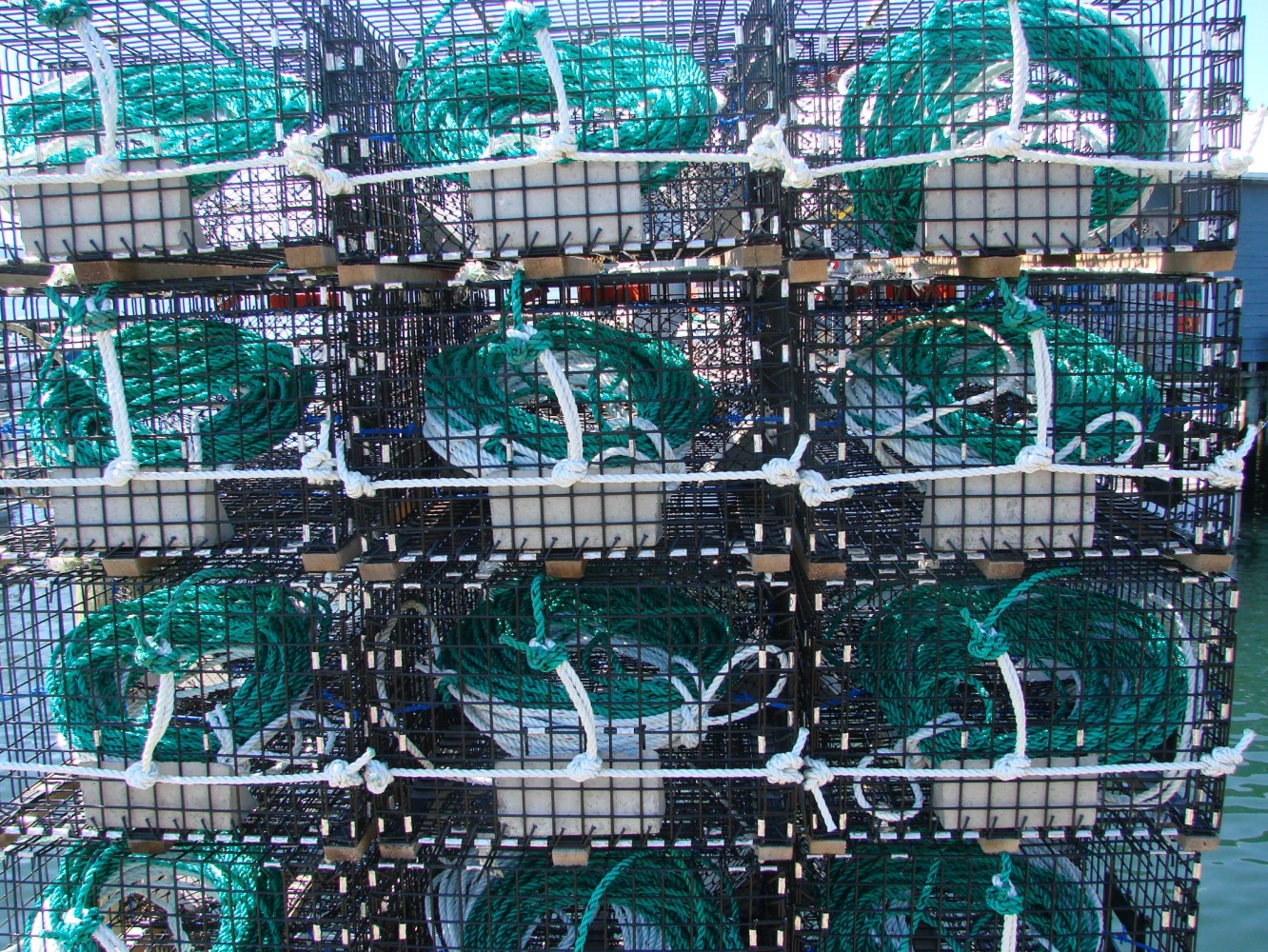The United States has a huge investment in the health of commercial and recreational fisheries, and the marine ecosystems which support them. Nationwide, commercial and recreational fisheries generate $72 billion in economic activity, employing 1.9 million workers in well-paying jobs.
In the US northeast region alone, commercial fisheries produce over $5 billion in total sales annually. All told, the seafood industry contributes over $10 billion in value to the regional economy, from fish species caught in waters from Maine to North Carolina, supporting 76,500 jobs in harvesting, processing, wholesale delivery, and services.
The marine environment is highly varied. Fishing grounds and essential fish habitats are where underwater terrain and oceanographic conditions combine to create extraordinary biological productivity. Federal fishery managers in the US northeast region recognize over 40 discrete areas for special management provisions to conserve fish, protect marine mammals and preserve vital underwater habitats.
New industries, such as energy production and aquaculture, are emerging as competitors to fisheries for access to these offshore environments; while traditional commercial activities place new demands. These potentially competing uses carry profound implications for fishery management if environmental productivity is compromised or access to fishing grounds is curtailed.
Wise management of marine resources will require prudent policy, based on the best available science, which prioritize uses in spatially-explicit strategies. Fisheries can co-exist with other industrial activities, to the benefit of all, but fishery managers and scientists must be central participants in planning decisions.
NOAA Fisheries and the New England and Mid-Atlantic Fishery Management Councils can serve critical roles by participating in these negotiations and providing data, offering sophisticated guidance on policies to preserve national food security, and by informing the fishing public about planning choices and ways to participate. The evolving National Ocean Policy designates Regional Planning Bodies for areas including New England and the Mid-Atlantic. In doing so we must enable strong input from fishery management councils, and inclusion of council staff and NOAA Fishery scientists on these planning bodies to ensure the ample protection of marine resources well into the future.
*********************************************************************************************************************************
An example of what’s at stake:
The single most valuable fishery in the country, Atlantic Sea Scallops, occurs in discrete offshore fishing grounds from Georges Bank (off Massachusetts) to Cape Hatteras, North Carolina. In 2011, landings from a fleet of 350 vessels totaled nearly $4 million in dockside revenue.
Scallops are managed in a spatially-explicit strategy that closes areas to fishing for three-year periods to promote scallop growth and mitigate habitat impacts. Because of the sessile nature of this shellfish, the scallop industry is vulnerable to loss of access to productive grounds due to planning policy in siting competing offshore industries.
“The success of the Atlantic sea scallop fishery hinges on the ability to close and open fishing areas in a timely manner based on resource surveys. Delays in closures and openings has resulted in mass mortalities of young and old scallops, causing loss of fishery yield and economic impacts. This is the single most valuable fishery in the country, with annual landings worth approximately $400 million, but it depends heavily on coordinated planning and access to sound scientific data.”
– Kevin D. E. Stokesbury, PhD, Chair Department of Fisheries and Oceanography, School of Marine Science and Technology, UMass Dartmouth


